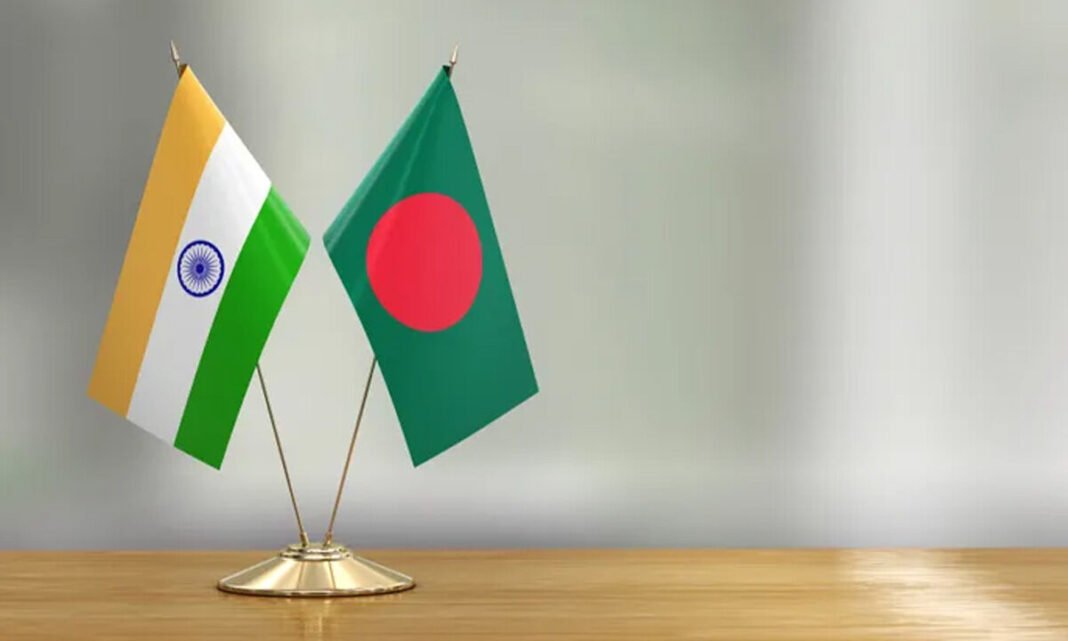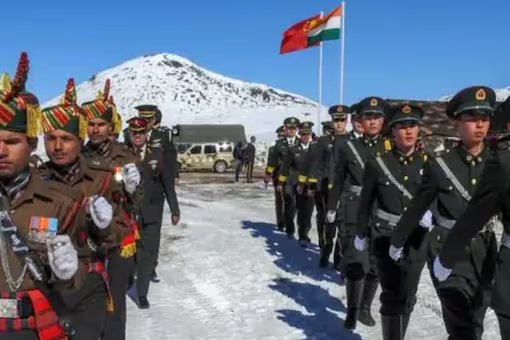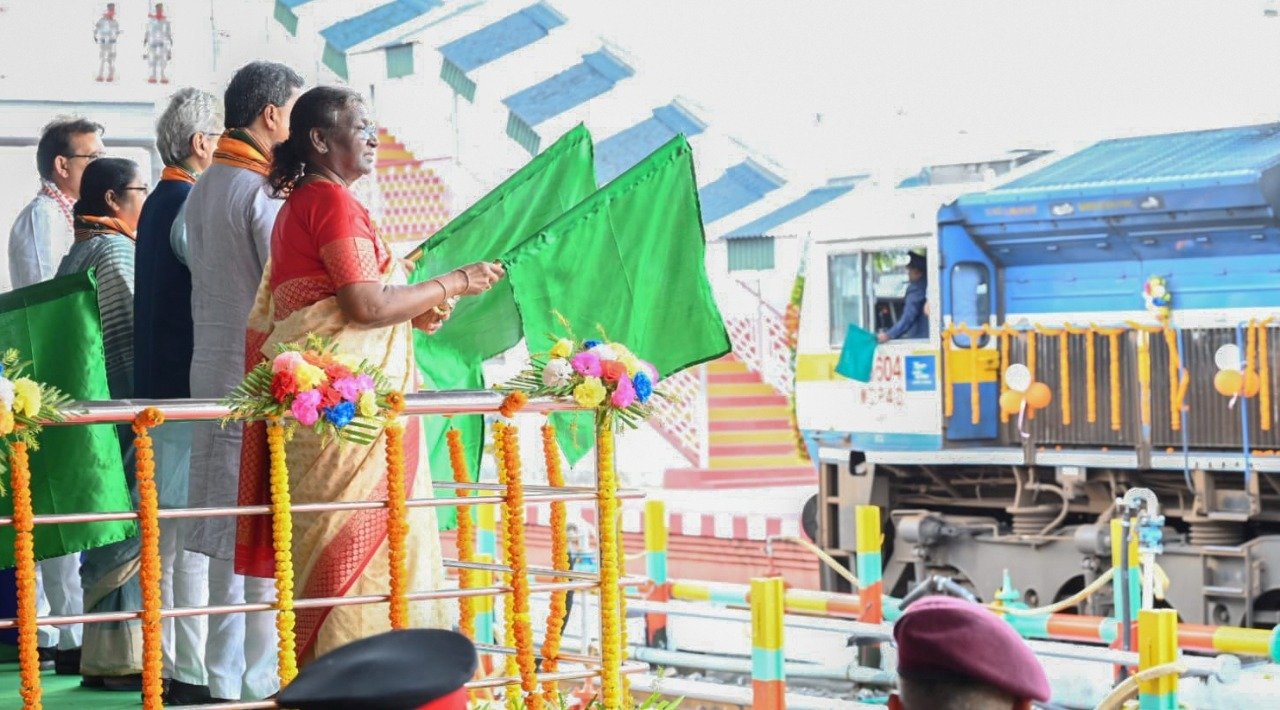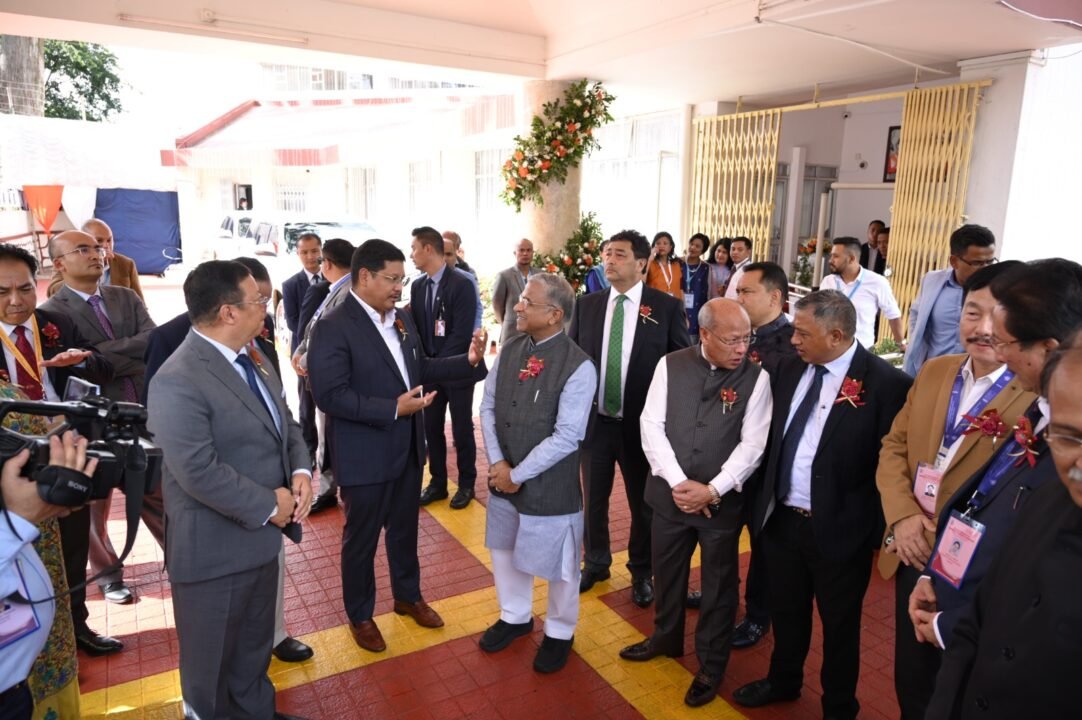AGARTALA/SHILLONG, May 2 (IANS): After India developed waterways, railway and road connectivity between the northeast region and the rest of the country and the world via Bangladesh, New Delhi recently connected the land-locked region with the remaining parts of the country and the world through telecommunications via the neighbouring country.
For making available high quality and high speed internet access to the northeastern states of India, the state owned Bharat Sanchar Nigam Limited (BSNL) has recently commissioned additional international bandwidth for internet connectivity through Cox’s Bazar in southeast Bangladesh. This will also facilitate the reduction of latency and congestion in internet traffic to and from the region.
BSNL officials in Agartala said that the availability of high speed internet access would help in the establishment of software parks and high speed data centres for business purposes in the northeastern states.
“It would benefit the citizens in accessing various e-services including e-governance, e-education, e-health, e-commerce, e-banking and other digital services. Arrangement of additional international bandwidth for internet connectivity would also boost employment and tourism in these states,” the official told IANS, refusing to be named.
He said that the Universal Service Obligation Fund (USOF) under the Department of Telecommunication is providing BSNL with subsidy and financial support of 80 per cent for three years for the two recently commissioned international bandwidths, each with 10 gigabyte bandwidth.
The Bangladesh Submarine Cable Company Limited has maintained the Cox’s Bazar’s high capacity International Internet Gateway (IIG).
The northeastern states, surrounded by China, Myanmar, Bhutan, Nepal besides Bangladesh, got international internet connectivity through Mumbai and Chennai IIGs, but the long distance created problems like very slow speed and drop of linkages.
The new telecommunication arrangements, according to the experts, would further boost the trade, economy and tourism prospects of the northeastern states.
Tripura Chamber of Commerce and Industry President M L Debnath said that the newly commissioned additional international bandwidth for internet connectivity through Cox’s Bazar in Bangladesh would not only boost the trade and economy of India’s northeastern region but it would also facilitate tourism, education, and people-to-people contact in a greater way.
“As we are now living in the digital world, high speed internet connectivity is the crucial part of the virtual era. The government’s steps would also boost information technology and employment generation,” Debnath told IANS.
Before the telecommunication links, India and Bangladesh during the past few years have expanded the waterways between the two neighbours. India’s West Bengal and Assam are now connected with several waterways of Bangladesh.
Bangladesh Shipping minister Khalid Mahmud Chowdhury earlier this month said in Guwahati that the waterways of his country could be utilised for transportation between Bangladesh, India, Nepal and Bhutan.
About 8,480 km of the navigable waterway of Bangladesh could be utilised for transportation and distribution of goods between Bangladesh, India, Nepal and Bhutan, he said.
Chowdhury added that there are 700 rivers in Bangladesh, out of which 54 are on the boundary between Bangladesh and India.
According to the officials of the Northeast Frontier Railways (NFR), after partition in 1947, seven rail links were operational between India and the then East Pakistan till 1965.
At present, there are five rail links that are operational between India and Bangladesh: Petrapole-Benapole, Gede-Darshana, Singhabad-Rohanpur, Radhikapur-Birol and Haldibari-Chilahati.
The NFR is now executing the 12.24 km Agartala (India)-Akhaura (Bangladesh) Rs 1,000 crore railway project. After completion, it would facilitate ferrying of goods to and from both the countries and greatly benefit India’s land-locked northeastern states.
NFR officials said that after the commissioning of the Agartala-Akhaura railway project, people of the northeastern states, especially Tripura will be able to go to Kolkata by train, saving 22 hours travelling time.
Currently, people of the region especially Tripura and the adjoining areas have to go to Kolkata via Guwahati by train, spending more than 38 hours.
The journey between Agartala and Kolkata, via Bangladesh, would be reduced by a third, from 1,613-km through mountainous northeastern states via Siliguri (West Bengal) to a mere 514 km, the NFR officials said.
The Tripura government with the approval of the Indian and Bangladesh governments has built a 1.9 km long bridge at a cost of Rs 133 crore over the Feni river to access the Chittagong international sea port in Bangladesh.
The bridge called “Maitri Setu” is the most significant venture to link India and Bangladesh by road as the Feni bridge connected India’s border town of Sabroom in southern Tripura to Ramgarh in Bangladesh.
Sabroom is 72 km by road from the Chittagong sea port.
Prime Minister Narendra Modi and his Bangladesh counterpart Sheikh Hasina jointly inaugurated the bridge last year but it is not yet operational.







